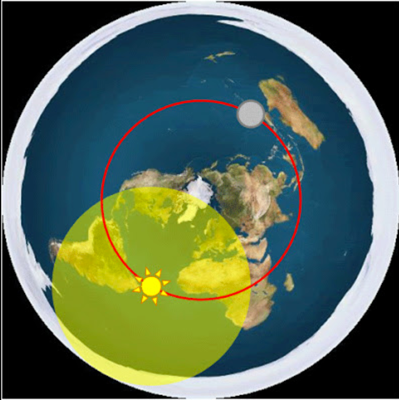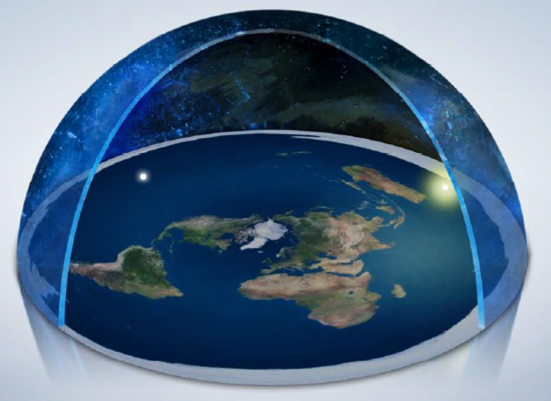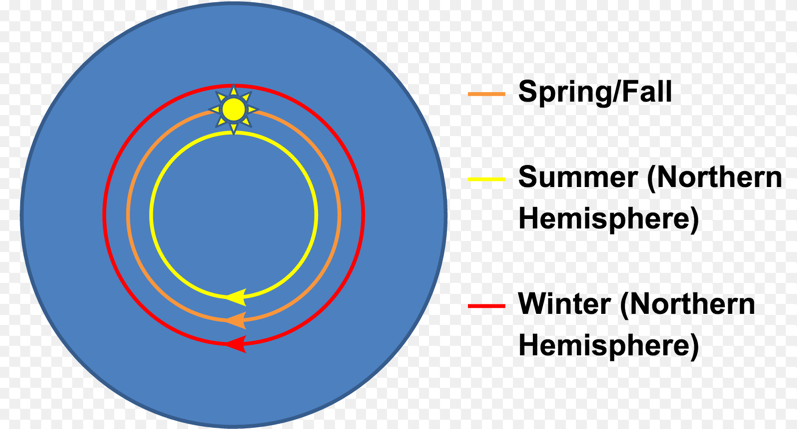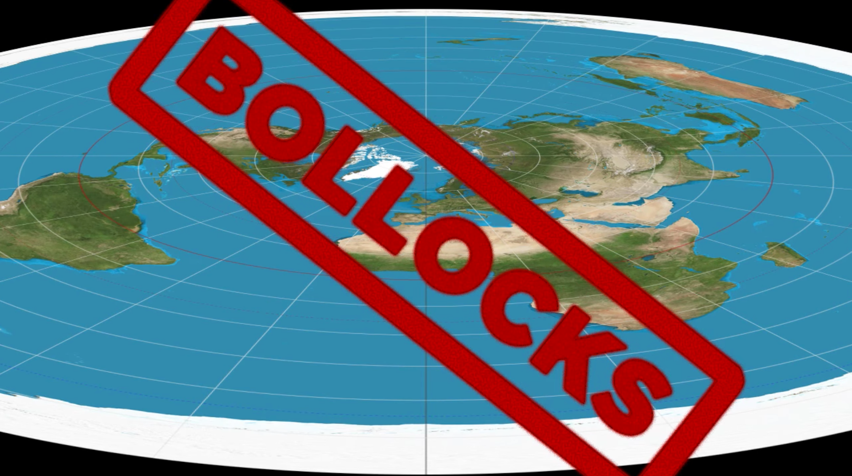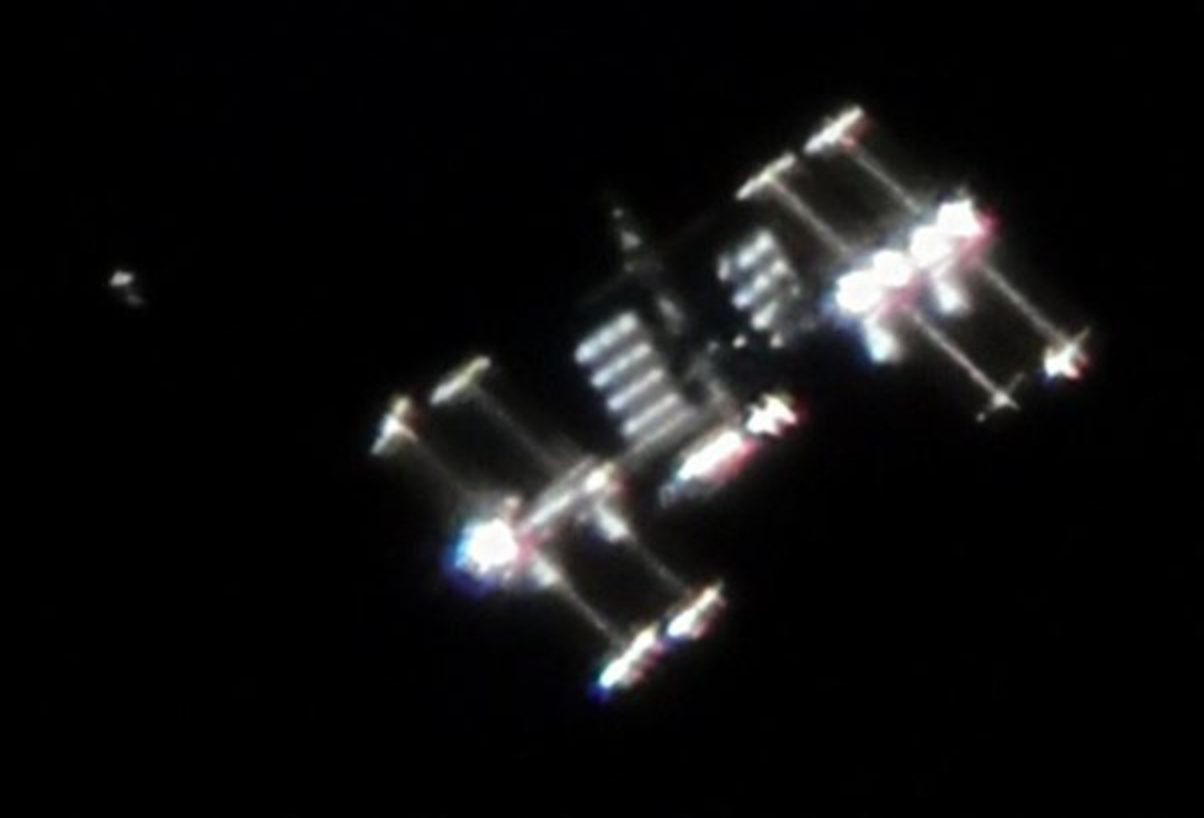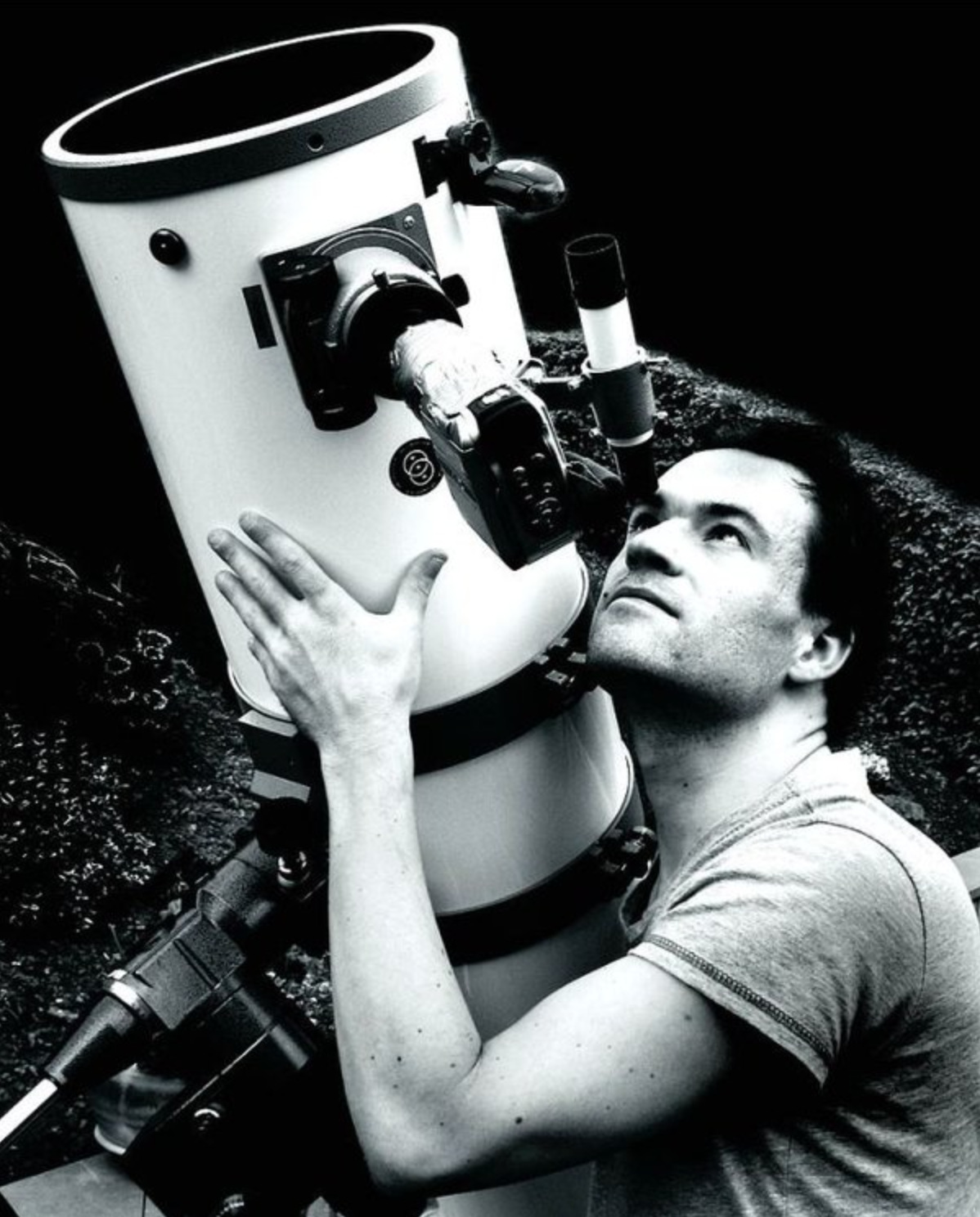Flat Earth NOT - Flat Earthers that claim satellites are fake and space does not exist - meet your DOOM. Just look up at the sky at the right time to see the SpaceX Starlink and Himawari 8 & 9 satellites. Trust your eyes folks
Flat Earthers that claim satellites are fake and space does not exist - meet your DOOM. Just look up at the sky at the right time. Trust your eyes folks.
SpaceX Starlink satellites caused a stir over western Europe last night.
https://earthsky.org/space/spacex-starlink-satellite-over-europe-apr-19-2020

-
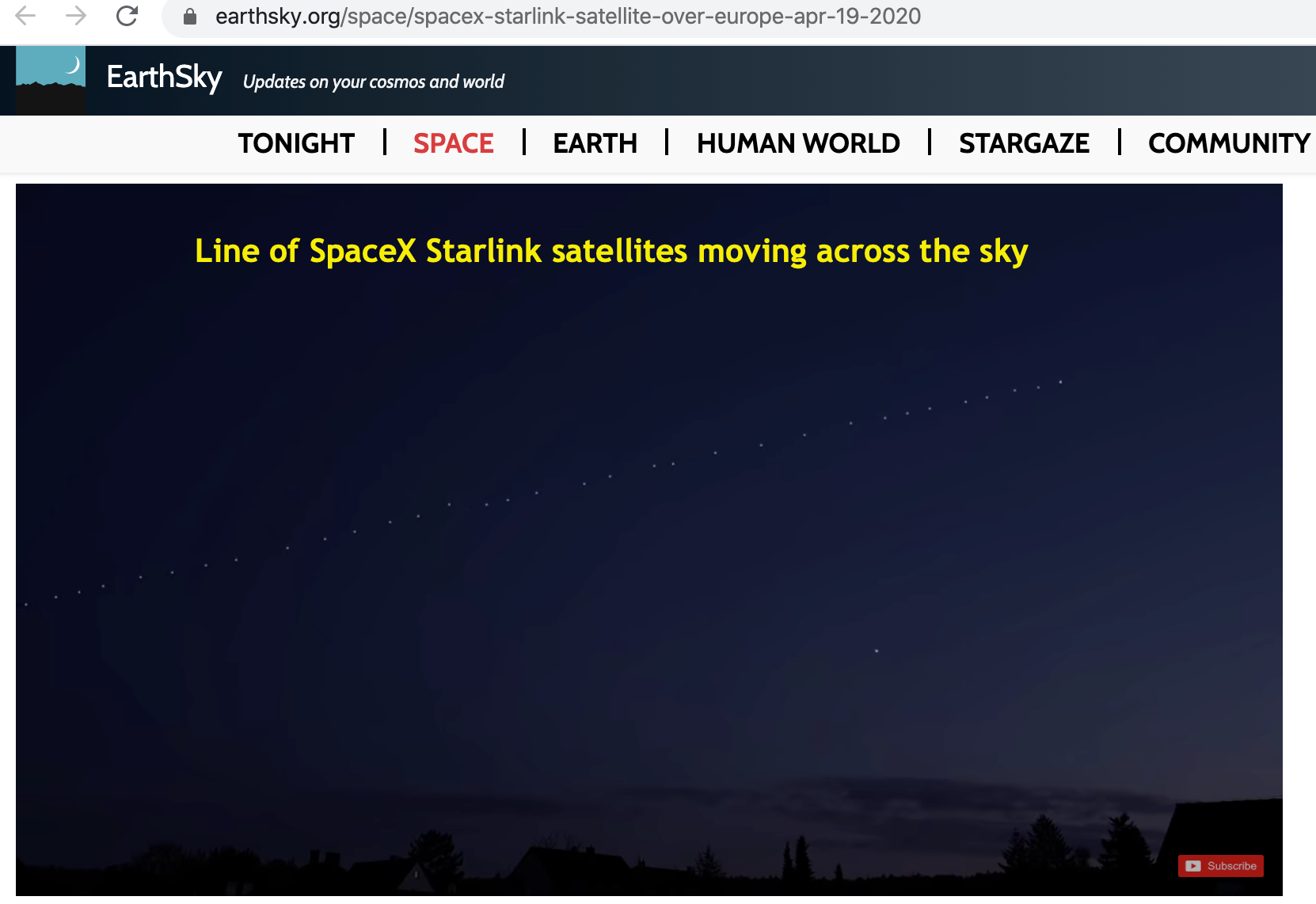
Excerpt:
"We woke up today to many email questions from EarthSky readers in Europe, who saw a line of lights last night (April 19, 2020), trailing each other across the sky. Some on Twitter compared them to a string of Christmas lights, although they were all one color, and they moved. Others weren’t so gentle in their descriptions, because, indeed, these were the SpaceX Starlink satellites, which some fear will ruin the night sky for astronomy. The satellites seen last night over Europe were part of a much-larger group of thousands of satellites that SpaceX has launched or will launch to low-Earth orbit, with the goal of providing global Internet access. For example, Chris Jones wrote to EarthSky:
Hi, you’re probably inundated with the same question this evening but, I watched approximately 30 ‘star like’ objects traveling at speed from a general west to east direction at around 21:50 GMT. They all seemed to be in-line following each other … Now I realize we are having the Lyrid meteor showers at present but didn’t expect them to be in such a uniform trajectory …
Right! The meteors would not look like these artificial satellites did; instead, meteors are bright streaks across the sky that typically appear one by one, or just a few at a time. The Starlink satellites, on the other hand, can be seen in a group – sometimes referred to as a “constellation” of satellites – all moving across the sky together."
-
https://www.youtube.com/watch?v=h-S67Y7gEeY
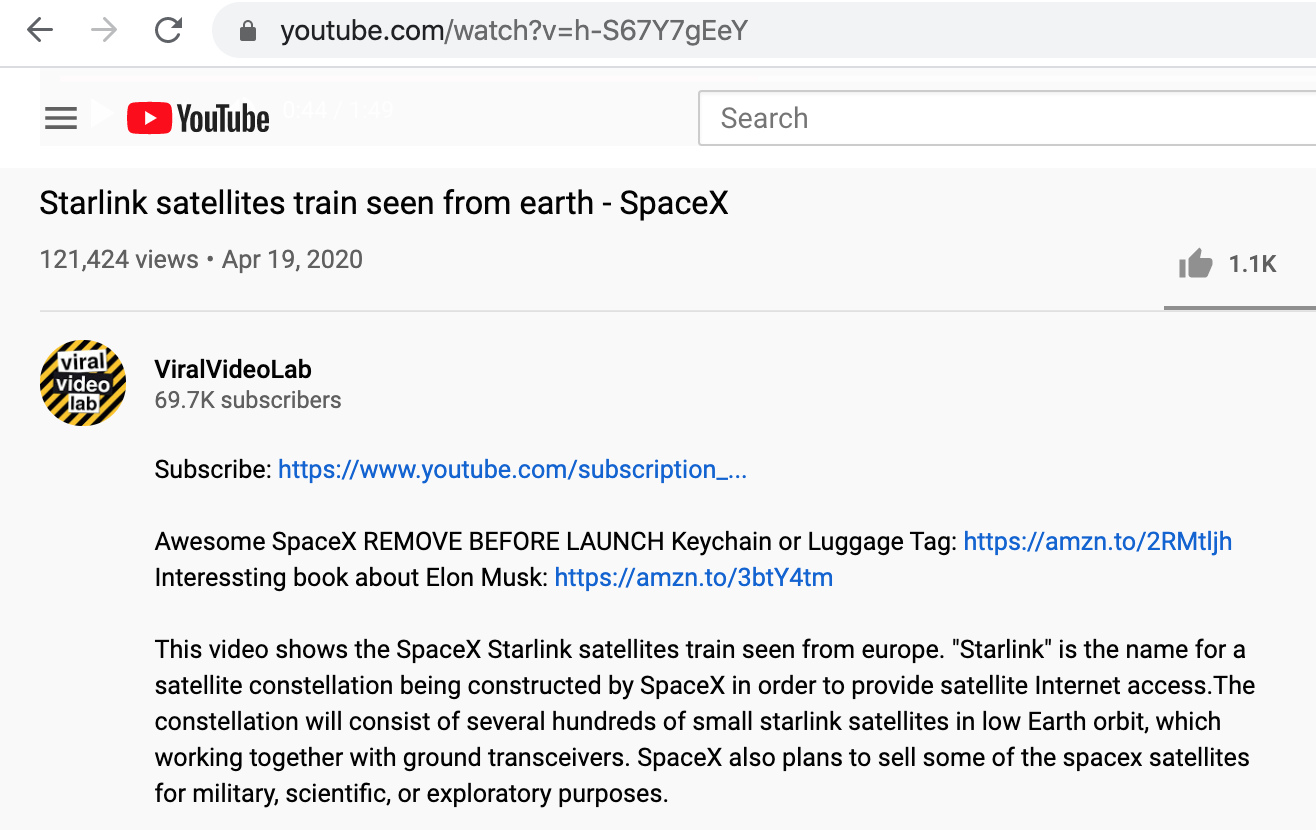
-
Spectacular Starlink satellite train captured over Switzerland
A long line of SpaceX's Starlink satellites rise behind mountains and fly across the sky over Switzerland shortly before 10 p.m. on Thursday (April 23).
The filmer told Newsflare: "They appeared to the right of the Haut-de-Cry mountain, then flew just above Polaris, the North Star. it was absolutely stunning to see this."
The footage was filmed in real-time at 25 fps.
https://www.liveleak.com/view?t=uLiuv_1587714123
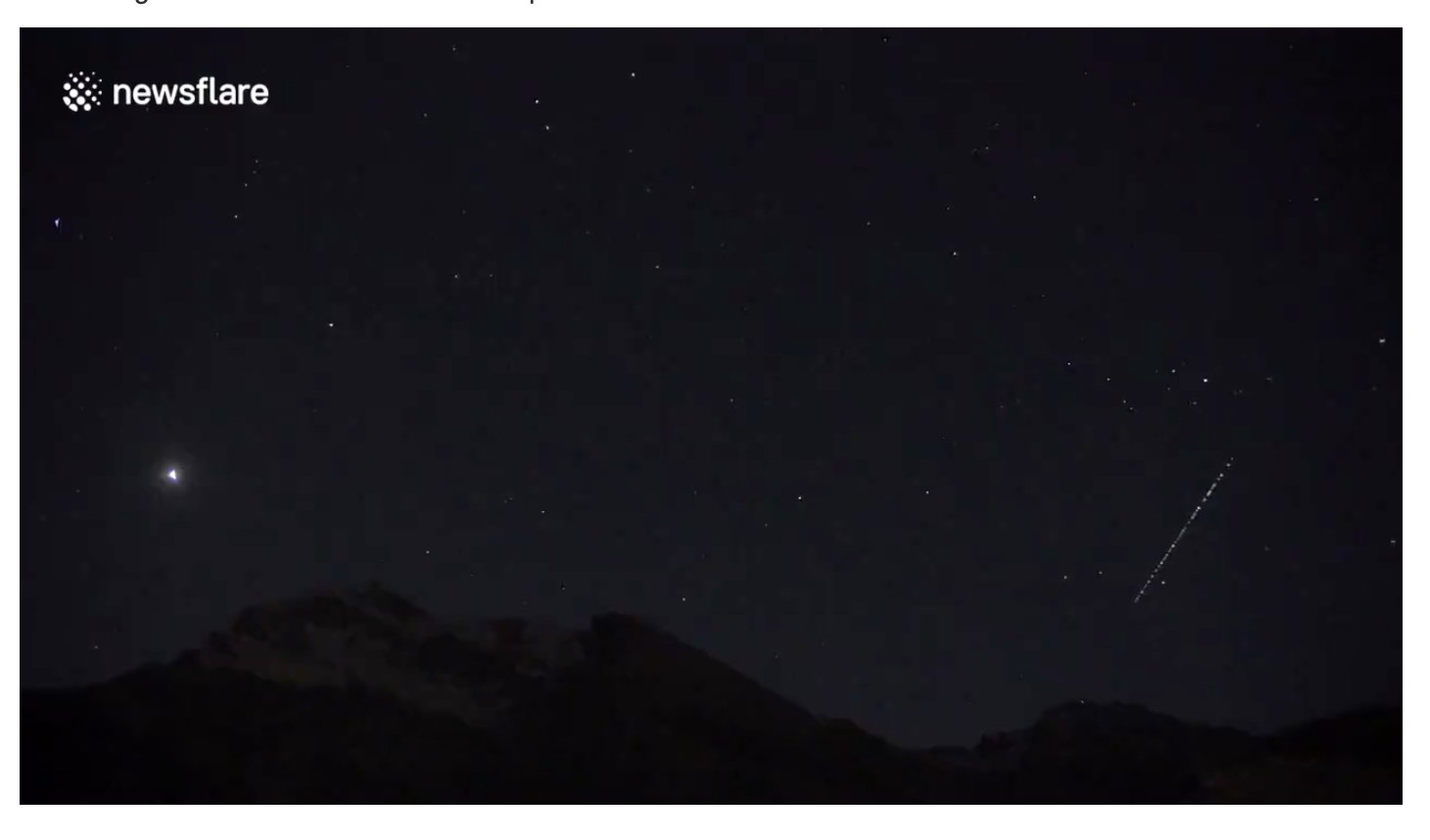
-
Guatemala launches Quetzmal cube satellite through UNOOSA and JAXA KiboCUBE programme
http://spaceref.com/news/viewpr.html?pid=55642
VIENNA, 28 April (United Nations Information Service) — Today the Universidad del Valle de Guatemala (UVG), winner of the KiboCUBE programme 2017, run by the United Nations Office for Outer Space Affairs (UNOOSA) and the Japanese Aerospace Exploration Agency (JAXA), saw their satellite deployed by JAXA from the International Space Station (ISS).
The satellite - Quetzal-1 - is Guatemala’s first and will unlock new possibilities for the country and help achieve the United Nations Sustainable Development Goals (SDGs). The primary objective of the mission is to test a multispectral sensor to acquire remote sensing data for natural resource management. The sensor could be used to monitor water quality in inland water bodies, helping to achieve SDG Goal 6 - clean water and sanitation.
The project supports SDG Goal 9 - industry, innovation and infrastructure - helping Guatemala develop its capacities in aerospace engineering and sparking innovations, such as the sensor created for the satellite. Women were an integral part of the winning team that engineered the satellite, contributing to SDG Goal 5 - gender equality.
The project has been made possible thanks to the strong collaboration of several entities: UNOOSA, JAXA, UVG, the UK Space Agency, the University of Colorado, the University of Chile, TEC Costa Rica, and the University of Würzburg among others. This is in line with SDG 17, partnership for the goals: international collaboration can unlock new frontiers in leveraging space for development.
The KiboCUBE programme offers the opportunity for institutions from developing countries to develop a cube satellite to be deployed from the ISS Japanese Experiment Module (Kibo). The programme, which recently completed its fifth round, enabled Kenya to deploy their first satellite in 2018, 1KUNS-PF, developed by a team from the University of Nairobi.
-
Update: June 13, 2020
SpaceX launches first Starlink rideshare mission with Planet Labs, by nasaspaceflight.com
https://www.nasaspaceflight.com/2020/06/spacex-launch-first-starlink-rideshare-planet-labs/
Excerpt:
"Since the announcement, companies such as Planet Labs, Exolaunch, and Momentus Space have signed contracts with SpaceX to launch on rideshare missions. The first fully-dedicated SmallSat Rideshare Mission program flight is currently scheduled to launch no earlier than December from Space Launch Complex 4E at Vandenberg Air Force Base in California.
In total, 61 satellites flew on Saturday’s mission: 58 SpaceX-built Starlink internet satellites and 3 SkySat Earth observation spacecraft, which are owned and operated by Planet Labs of San Francisco, California.
The Starlink V1.0 L8 mission was the eighth operational launch of Starlink satellites to date, with a total of 480 spacecraft launched as part of the initial deployment phase of SpaceX’s satellite internet constellation. This first phase will see 1,584 Starlink satellites launched over multiple missions, with additional deployment phases and satellite launches to follow."
(Please read the full article at the URL listed above)
-
Update: March 26, 2021
Why are flat Earthers still afraid to do rea Science around the Equinox?, by Wolfie6020
https://www.youtube.com/watch?v=4QDfJIPqXs4
Science - the intellectual and practical activity encompassing the systematic study of the structure and behaviour of the physical and natural world through observation and experiment.
See here in this video the Himawari 8 & 9 satellites observed entering (disappearing from sight) and exiting (reappearing to sight) the earth’s shadow.
- - -
Update: April 2, 2021
You mocking StarLink and other space satellite based internet communication/routers? You are just showing the world how ignorant you are. Foot in mouth.
From the Wall Street Journal...
https://www.wsj.com/articles/high-frequency-traders-eye-satellites-for-ultimate-speed-boost-11617289217?mod=lead_feature_below_a_pos1

-
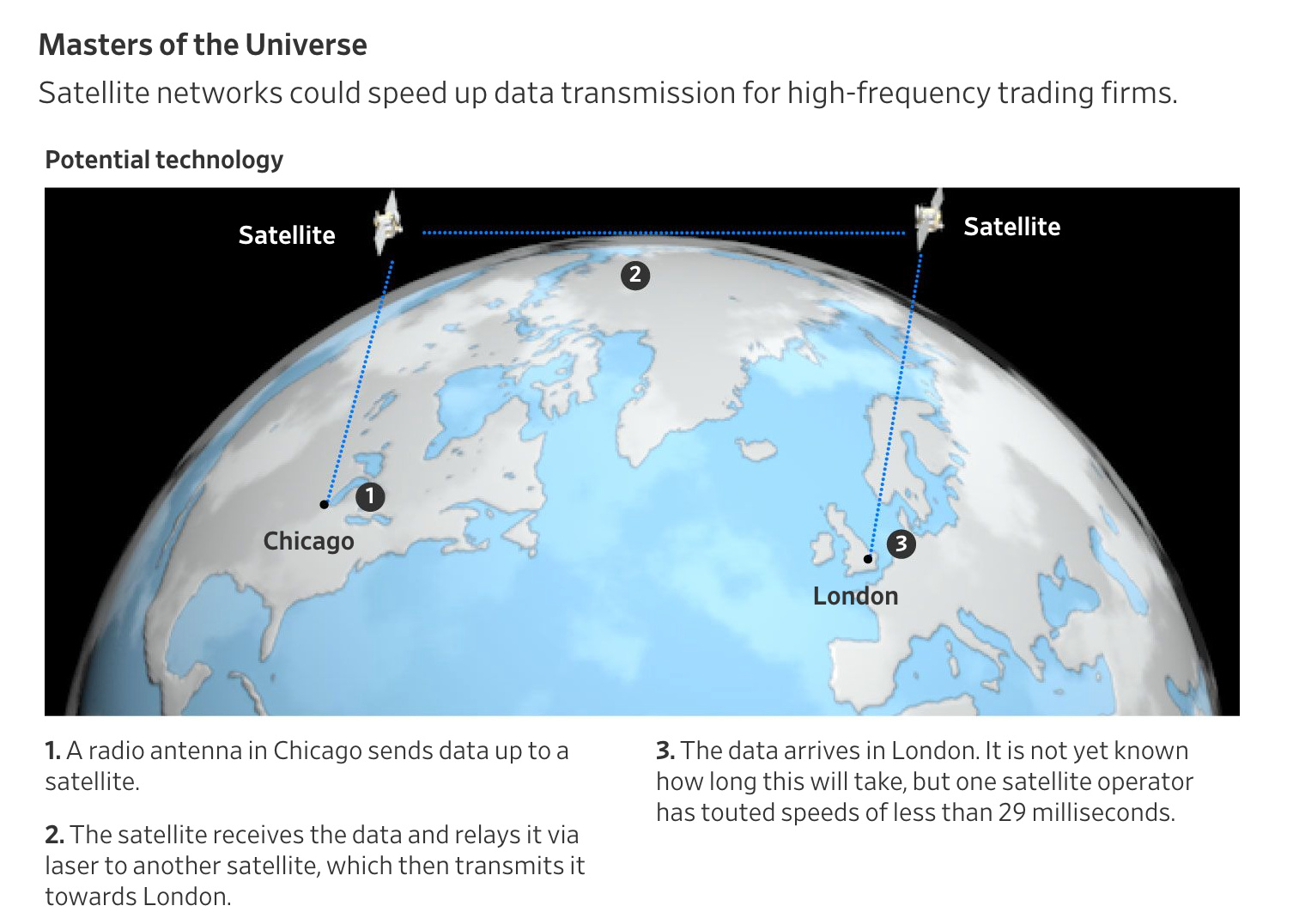
-
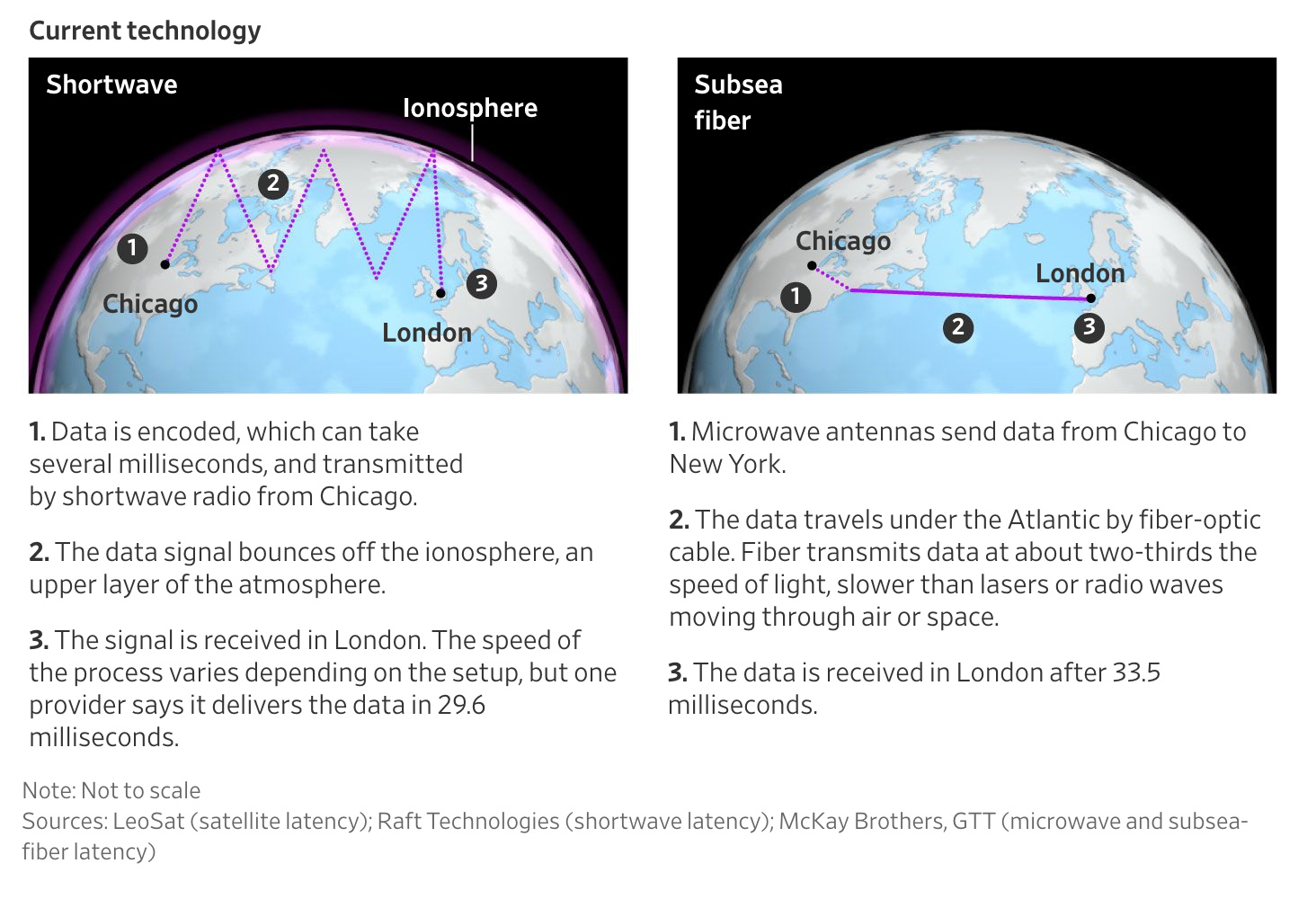
(Please read the article at the URL's posted above)
- - -
Update: April 7, 2021
SpaceX launches Starlink v1.0 L23 Mission, by Lee Kanayama (nasaspaceflight.com)
Excerpt:
SpaceX has launched another batch of 60 Starlink satellites on the Starlink v1.0 L23 mission. Liftoff from Space Launch Complex 40 (SLC-40) at the Cape Canaveral Space Force Station occurred on time on April 7 at 12:34 PM EDT (16:34 UTC).
This was the third time a Falcon 9 first stage flew a seventh mission, the tenth Falcon 9 flight of the year, and the first in April. This flight is likely be the last SpaceX mission prior to the Crew-2 launch later this month...
SpaceX used a flight proven Falcon 9 Block 5 booster, B1058-7 – with the “-7” signifying the stage’s seventh flight. This was the third time a booster was used on a seventh flight.
B1058 is one of five Falcon 9 boosters introduced in 2020. It first supported the Crew Demo-2 mission in May 2020, becoming the first SpaceX rocket to launch crew into space. It then supported the ANASIS-II mission in July 2020, when it achieved the fastest Falcon 9 booster turnaround at the time with 51 days between launches.
It later supported the Starlink v1.0 L12 mission in October 2020, followed by the SpaceX CRS-21 mission in December 2020, the first launch of a Cargo Dragon 2 spacecraft. In 2021, B1058 supported the Transporter-1 rideshare mission in January and the Starlink v1.0 L20 mission in March...
(Please read the article at the URL's posted above)
-
Regular SpaceX updates at - https://forum.nasaspaceflight.com/index.php?topic=53237.0
- - -
Update: May 15, 2021
1,567 satellites of 1,584 now launched into space...
SpaceX to launch Starlink rideshare mission as constellation deployment milestone nears, by Lee Kanayama and Joseph Navin (nasaspaceflight.com)
Excerpt:
SpaceX is set to launch its third Starlink mission in just 11 days on the v1.0 L26 flight. The mission will bring the total number of operational Starlink v1.0 satellites launched to near 1,567 – just shy of the 1,584 needed to declare all of the first shell of Starlinks launched.
The mission, with 52 Starlink satellites and two rideshare payloads (Capella Whitney 4 and Tyvak-0130), is scheduled to launch on a Falcon 9 from Launch Complex 39A at the Kennedy Space Center on Saturday, 15 May at 18:54 EDT / 22:54 UTC.
Overall, this will be the 28th Starlink mission, the 27th flight of operational Starlinks, the 15th Falcon 9 flight of the year, the fourth Starlink rideshare mission, the third time a Falcon 9 first stage will fly for an eighth time, and the third Falcon 9 flight in 11 days.
(Please read the article at the URL's posted above)
- - -
Update: September 7, 2021
The Geo Satellites are eclipsing again - Will Flat Earthers make observations or excuses?, by Wolfie6020
https://www.youtube.com/watch?v=zMTyYgKHL7c
This is the third Equinox where I have filmed the satellites eclipsing.
This is due to the proximity of the Sun to the Celestial Equator, casting the Earth's shadow across the line of Geostationary Satellites.
The satellites in this video are
Chinasat 16
Chinasat 10
JCSAT 15 BSAT 3C
BSAT 3A
BSAT 3B
BSAT 4A
BSAT 4B
A detailed explanation is in this video. https://www.youtube.com/watch?v=f1o9Z...
- - -
Update: September 14, 2021
SpaceX begins second Starlink shell with Vandenberg launch (nasaspaceflight.com)
https://www.nasaspaceflight.com/2021/09/spacex-begin-second-starlink-shell/
Excerpt:
A SpaceX Falcon 9 rocket launched from Vandenberg Space Force Base in California, carrying a total of 51 second-generation Starlink satellites into orbit. This was the first launch in support of deploying the second shell of Starlink satellites.
The Falcon 9 lifted off from Vandenberg’s Space Launch Complex 4-East (SLC-4E) at 8:55 PM Pacific time (03:55 UTC on September 14).
The Second Starlink Shell
Monday’s launch, designated Starlink Group 2-1, began the second main stage of deploying the Starlink satellite internet constellation constellation. SpaceX had previously launched 1740 Starlink spacecraft over the course of over 30 missions, all of which have been either development spacecraft or satellites for the first “shell” of the constellation.
Previous Starlink flights have seen the vast majority of satellites deployed at an orbital inclination of 53 degrees, constituting the first shell of the Starlink constellation. These spacecraft provide coverage between Earth’s 55th parallels.
In order to build the second shell, SpaceX is now deploying satellites at an approximately 70-degree inclination, which will allow for Starlink coverage in northern parts of the Americas such as Canada’s territories or Alaska, as well as Northern Europe and Southern parts of the Pacific and Atlantic oceans.
Alongside the first and second shells, SpaceX has deployed a small number of Starlink spacecraft at 97.5 degrees, utilizing spare spots on Falcon 9 smallsat rideshare missions, which will allow Starlink to begin providing coverage for polar regions.
(Please read the article posted in the URL above)
- - -
Update: December 16, 2021
Using land based observations of two geocentric satellites, from two different locations, the Radius of the Earth is correctly determined. The R proof with satellites.
Debunk by WheresWally
WheresWally Measures The Earths Radius - It was Super Easy, Barely An Inconvenience - 3 BTC PLZ, by WheresWally
https://www.youtube.com/watch?v=o1EOR-J9nGI
So now will DIRTH admit defeat and award WheresWally the three Bit Coins fpr proving r (radius of the Earth)?

Seems DITRH is out of ideas so by default he has validated the proof of R. All the other prerequisites have been meet too.
The Original video submitted to DITRH
WheresWally And Wolfie6020 Measure "R" Twice, I Can Has 3 DITRH Bitcoins Now Plz
WheresWally - https://youtu.be/X3L_IEi2y44
- - -
Update: February 5, 2022
Why do flat-eathers have such a hard time believing the International Space Station (ISS) is real when they can literally buy a telescope and see fo themselves?
https://www.quora.com/Why-do-flat-earthers-have-such-a-hard-time-believing-the-ISS-is-real-when-they-can-literally-buy-a-telescope-and-see-for-themselves
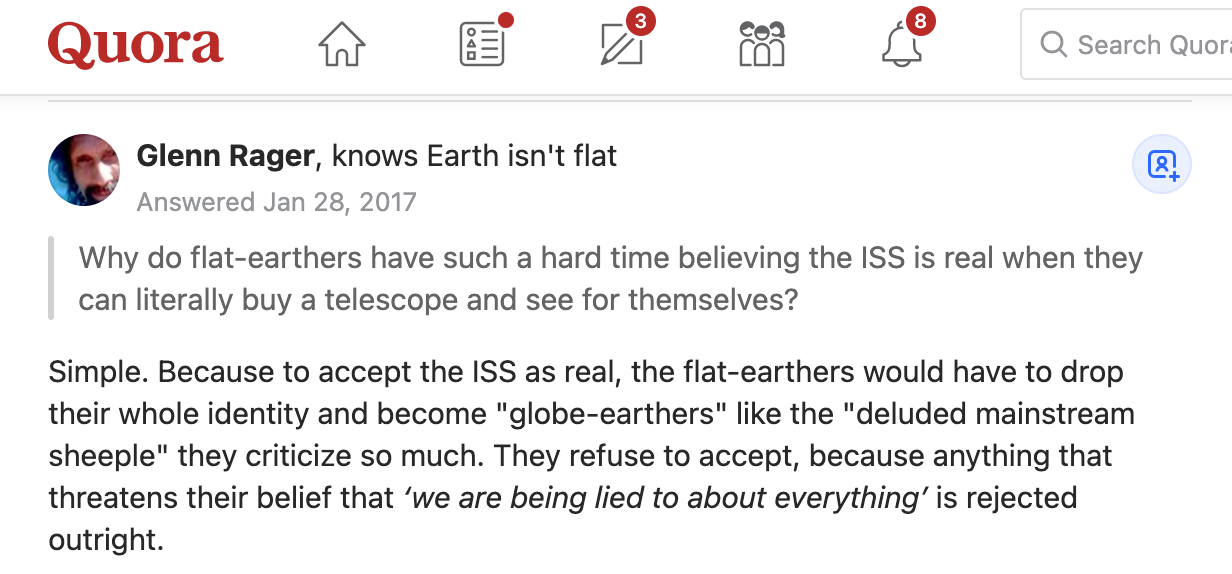
- - -
Published on – April 26, 2020
Discussion at - https://www.youtube.com/channel/UC7ipUKERU0tzYFxALJBli4A/discussion
Our home page all articles - http://flatearthlunacy.com



